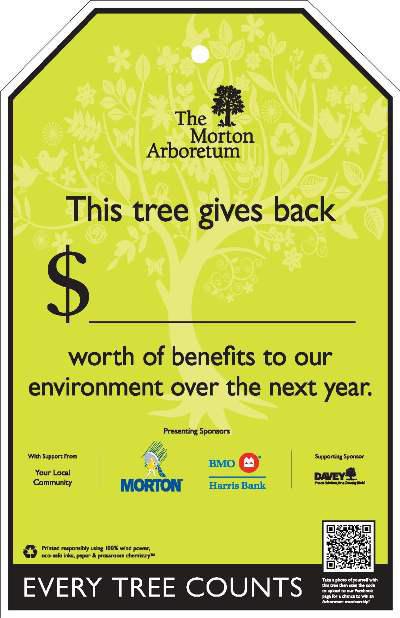Tree canopy programs increase and maintain tree canopy coverage in urban & suburban areas for commercial & residential settings.
Benefits & Problems Addressed
Aesthetics & Comfort: Trees add a sense of vitality and provide shade.
Stormwater & Heat Island Management: Extensive tree canopy captures rainfall, lessening the volume of runoff into sewer systems. Shading lowers the temperature and heat retained by darker surfaces. Trees also provide air quality functions.
Property Values: A mature tree adds $7000/house & as much as $22,000 for a tree-lined street.
Tips & Techniques
Local ordinances: See if your city has a tree canopy ordinance that specifies: (1) street trees, (2) residential tree programs, (3) canopy coverage targets, (4) tree replacement requirements. See where trees are included in parallel planning efforts (Climate Action, Stormwater, Air Quality, Economic Development)
Continued planting & maintenance: Continuous planting and replacement is required to ensure a healthy canopy. Prune trees yearly , in particular those located near utilities.
Healthy urban planters: Tree bed preparation is key for achieving a long-lasting canopy.
Right tree/right place: Choose indigenous species that withstand microclimatic challenges. Factor in projected climate change such as temperature and storm severity.
Tracking canopy: Use GIS/mobile apps to track tree inventory/coverage for purposes of replanting and environmental program compliance. Use the data to also estimate economic performance like land values and environmental services.
Outreach: Mobilize community action with tree programs including planting, maintenance, adopt-a-tree. Estimate the economic and environmental value of trees using online tools like i-Tree
Hot Buttons: Regulating canopy on private land, balancing tree trimming and overhead utilities, responsibility, liability with fallen branches/trees.
Resources & Examples
i-Tree Calculator - US Forest Service
Casey Trees - non-profit in Washington DC US

